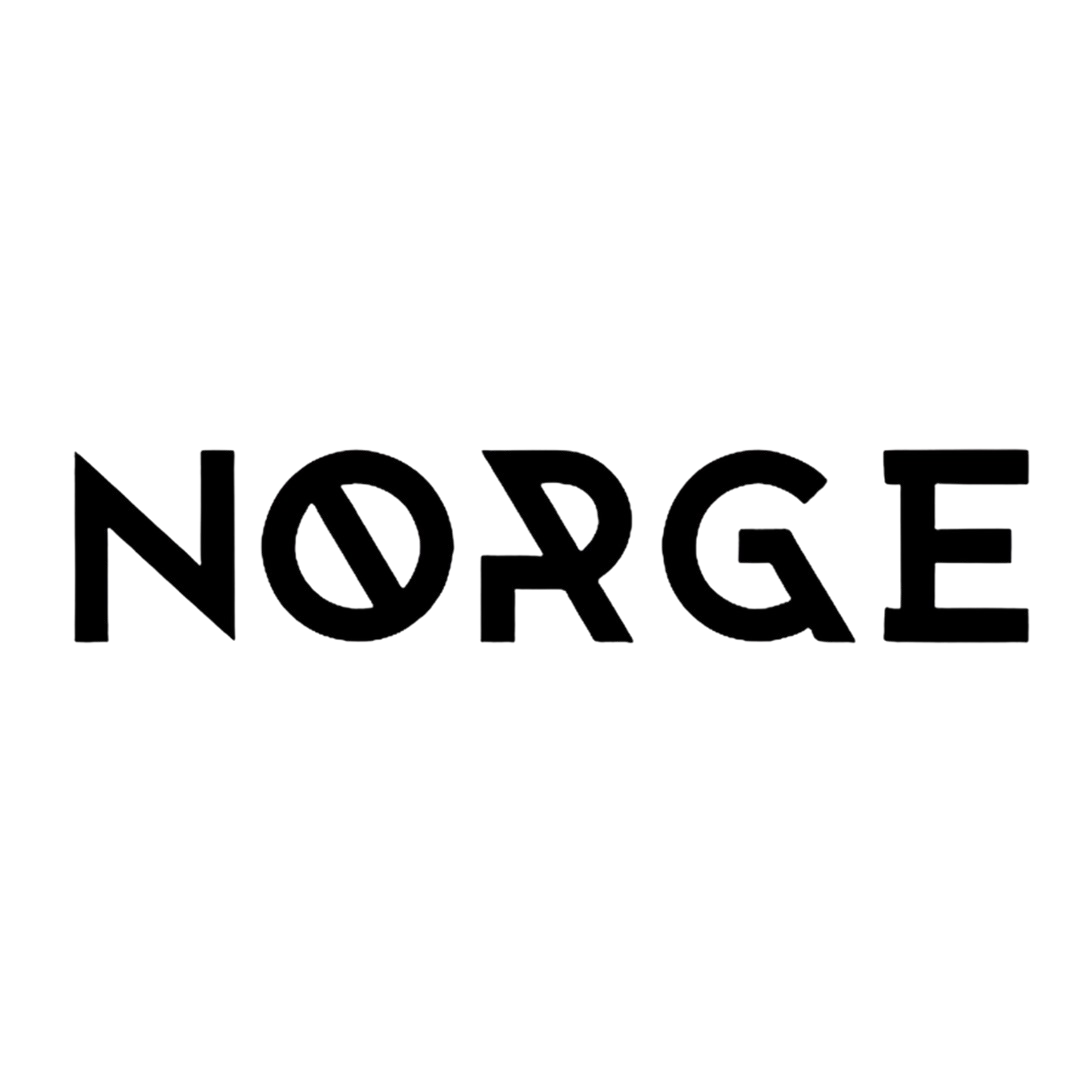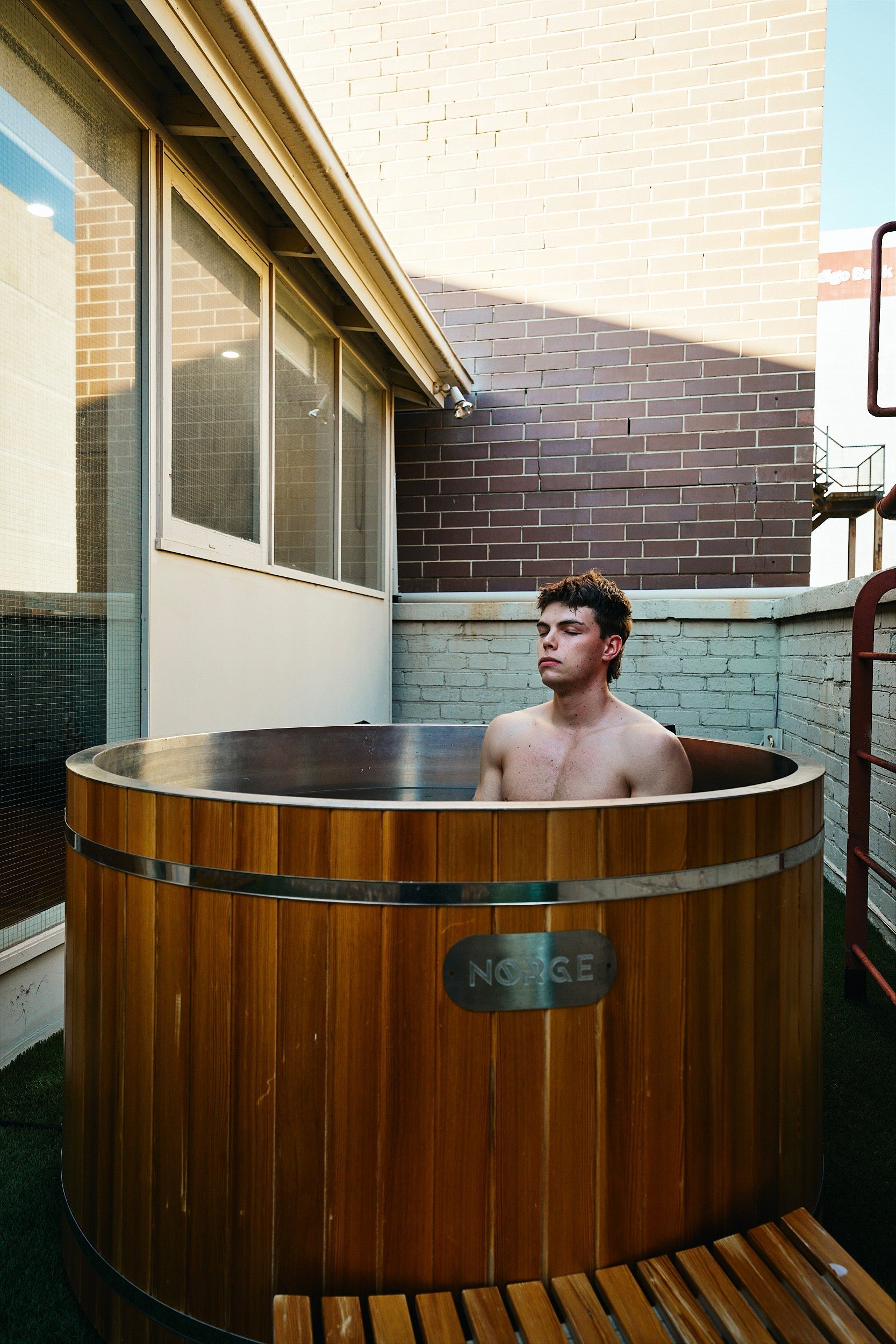Cold plunges and ice baths have become a cultural phenomenon. From elite athletes to entrepreneurs swearing by morning dips, cold exposure is being hailed as the ultimate recovery tool and resilience hack. But hype aside—what does the evidence say?
At Norge Sauna, we believe in practices that are both timeless and backed by science. Cold therapy sits at a fascinating intersection: it is an ancient ritual (think Nordic bathing traditions, Japanese misogi, and Eastern European banya culture) that is now being rigorously studied with modern tools. The findings are nuanced, and in some cases surprising.
This article takes a clear-eyed look at the research: the benefits, the limits, and the protocols that actually work.
A Brief History of Cold Immersion
Cold-water rituals have been around for centuries. Ancient Greeks alternated hot and cold bathing as part of gymnasium culture. Nordic countries integrated icy plunges after sauna as part of daily life. And Japanese misogi purification rituals often involved standing under icy waterfalls to cleanse the mind and body.
In the modern age, athletes began using ice baths in the late 20th century as recovery became more scientific. Today, ice plunges have gone mainstream—shared on Instagram feeds and prescribed in wellness challenges. But unlike wellness fads that fade quickly, cold therapy has drawn serious scientific attention.
What the Research Shows (And Doesn’t)
1. Recovery and Performance
Meta-analyses from Sports Medicine (2022) reviewed over 50 trials. They found that compared to doing nothing, cold-water immersion:
-
Reduces muscle soreness (DOMS) within 24–48 hours.
-
Improves muscular power (like jump height or sprint ability) the next day.
-
Does not significantly improve strength in the short term.
The effect sizes are modest but real. This makes ice baths useful for athletes in tournaments or congested schedules, where freshness matters more than long-term muscle growth.
When compared to other recovery tools, CWI performed as well—or better—than most, though cryotherapy chambers sometimes outperformed it for very short-term recovery (within an hour).
🔑 Takeaway: If you want to feel less sore and restore explosiveness quickly, ice baths help. Don’t expect miracles for strength.
2. Training Adaptations: The Gains Trade-off
Here’s where things get controversial. Several high-quality trials show that using ice baths immediately after lifting can blunt the very signals that drive muscle growth.
-
A 2024 European Journal of Sport Science meta-analysis concluded that CWI reduces hypertrophy and may slightly dampen strength gains.
-
Mechanistically, this makes sense: cold reduces inflammation and anabolic signalling—great for soreness, not for adaptation.
For endurance athletes, the story is different. Cold immersion may help sustain training volume by lowering soreness and perceived fatigue, without the same trade-off on cardiovascular adaptations.
🔑 Takeaway: If your goal is building muscle, skip the post-lift plunge. If your goal is performance and recovery for competition or high-volume endurance training, ice baths remain a strong tool.
3. Health, Stress & Wellbeing
Outside of sport, cold therapy is being explored for mental health, sleep, and immune function.
-
A 2025 systematic review of randomized trials found early signals that CWI may:
-
Improve sleep quality.
-
Reduce perceived stress (though timing matters—benefits showed around 12 hours after immersion).
-
Potentially reduce sick leave days in groups taking daily cold showers, even if actual infection rates didn’t drop.
-
However, trials are still small, diverse, and sometimes low in quality. Anecdotally, many report feeling more alert, resilient, and uplifted after cold exposure—but the hard data is not yet conclusive.
🔑 Takeaway: Cold plunges may support wellbeing and stress resilience, but think of them as a complement, not a replacement, for proven health practices like sleep, nutrition, and exercise.
The Physiology: Why Cold Works
Cold immersion works on the body in several ways:
-
Neurological: Cold shock triggers a surge in norepinephrine (linked to alertness and mood).
-
Circulatory: Cold causes blood vessel constriction, which shifts fluids and may reduce swelling.
-
Muscular: Lowered nerve conduction reduces pain signals, explaining soreness relief.
-
Inflammatory: Dampens pro-inflammatory signalling, good for recovery but a double-edged sword for long-term gains.
Safety First
Ice baths aren’t for everyone. Cold shock can spike blood pressure, trigger arrhythmias, or cause dangerous hyperventilation. Contraindications include:
-
Cardiovascular disease or uncontrolled hypertension
-
Raynaud’s syndrome or circulatory issues
-
Pregnancy
-
Certain medications
Best practice: screen, never plunge alone, start short, and respect your limits. For most people, 2–10 minutes at 10–15 °C is enough to capture the benefits while staying safe.
How to Use Ice Baths (Without Losing the Benefits)
For recovery (athletes in competition):
-
Temperature: 10–15 °C
-
Duration: 5–10 minutes
-
Timing: Immediately post-session or within 1–2 hours
For general wellbeing (stress, sleep):
-
Temperature: 12–15 °C
-
Duration: 2–3 minutes
-
Timing: Earlier in the evening; follow with warmth
For hypertrophy training:
-
Avoid routine post-lift plunges
-
If desired, time-shift to later in the day or non-training days
Cold Meets Heat: The Contrast Therapy Tradition
In Nordic culture, sauna and cold plunges go hand in hand. Modern studies suggest contrast therapy may enhance circulation and produce greater perceived recovery than either alone. Alternating heat and cold creates a powerful hormetic stress, training both vascular and nervous systems to adapt more effectively.
This is where Norge Sauna thrives: pairing high-quality sauna experiences with evidence-informed cold exposure to offer not just recovery, but resilience.
The Bottom Line
-
Ice baths work best as a recovery tool, not a magic bullet. They reduce soreness and restore power, but don’t meaningfully boost strength.
-
There’s a trade-off for muscle growth. Post-lift plunges blunt hypertrophy, so use strategically.
-
Emerging evidence shows promise for wellbeing, including stress and sleep, but research is still catching up.
-
Safety matters. Respect the cold, screen yourself, and start small.
At Norge Sauna, we see cold therapy not as a one-size-fits-all trend, but as a practice that, when combined with sauna and mindful lifestyle habits, can enhance recovery, resilience, and wellbeing.
The best approach? Be intentional. Use the ice not every time, but at the right times—for competition, recovery, or ritual.


Share:
Harnessing Hormesis: How Saunas and Cold Therapy Boost Adaptation and Resilience
Not All Saunas Are Built Alike: The High Cost of Low-Quality Materials vs. Premium Wood Craftsmanship